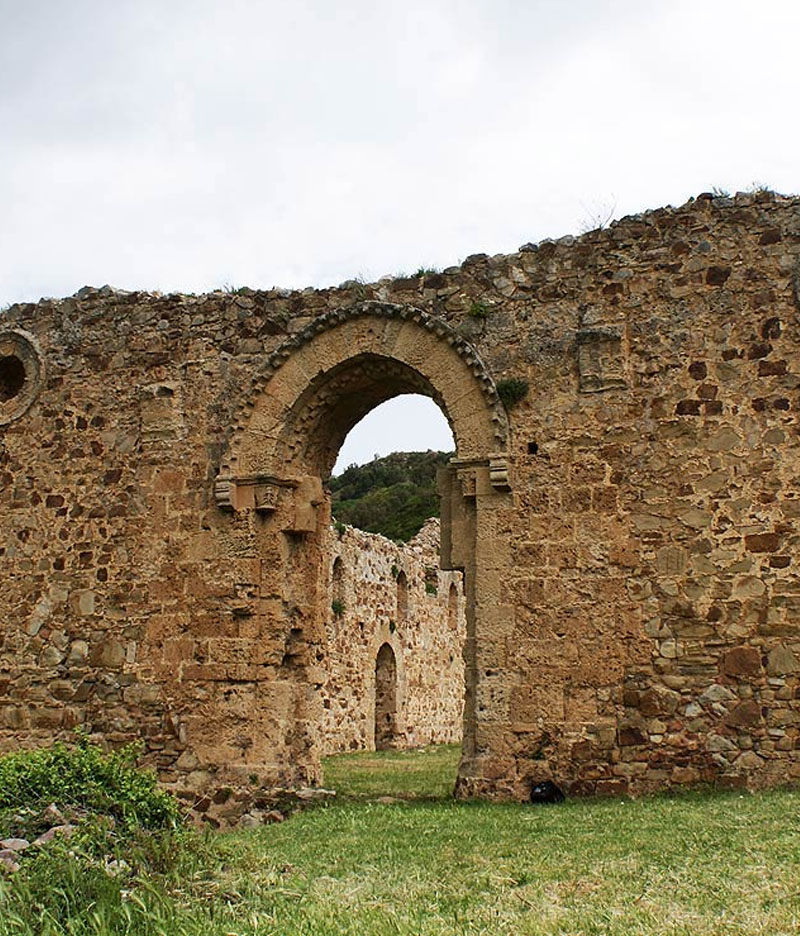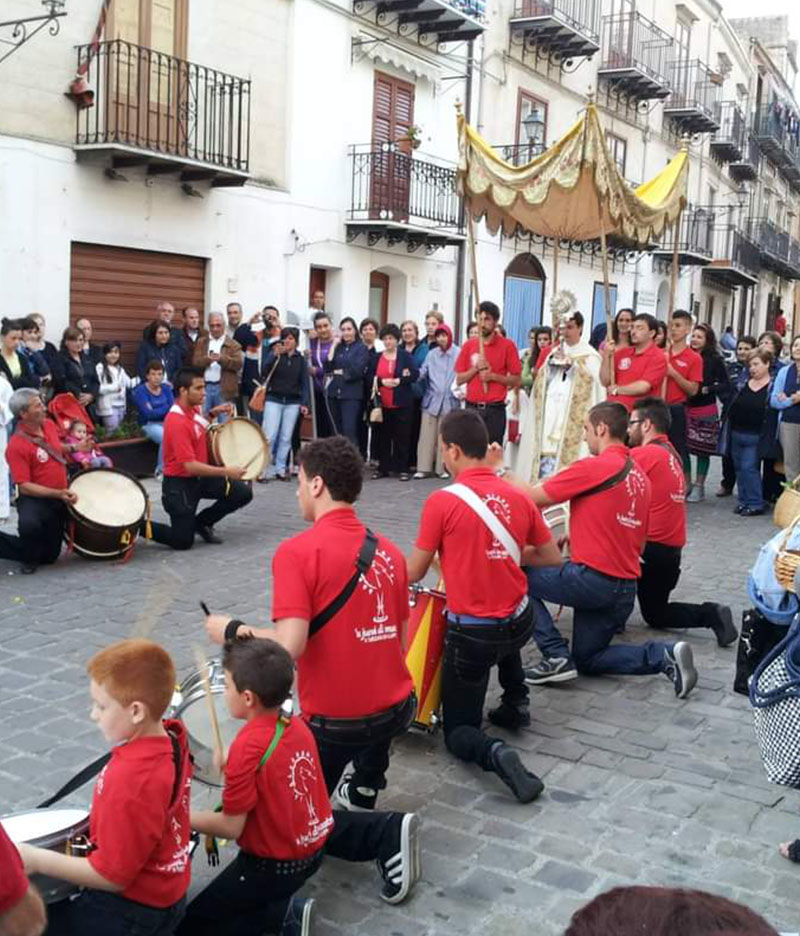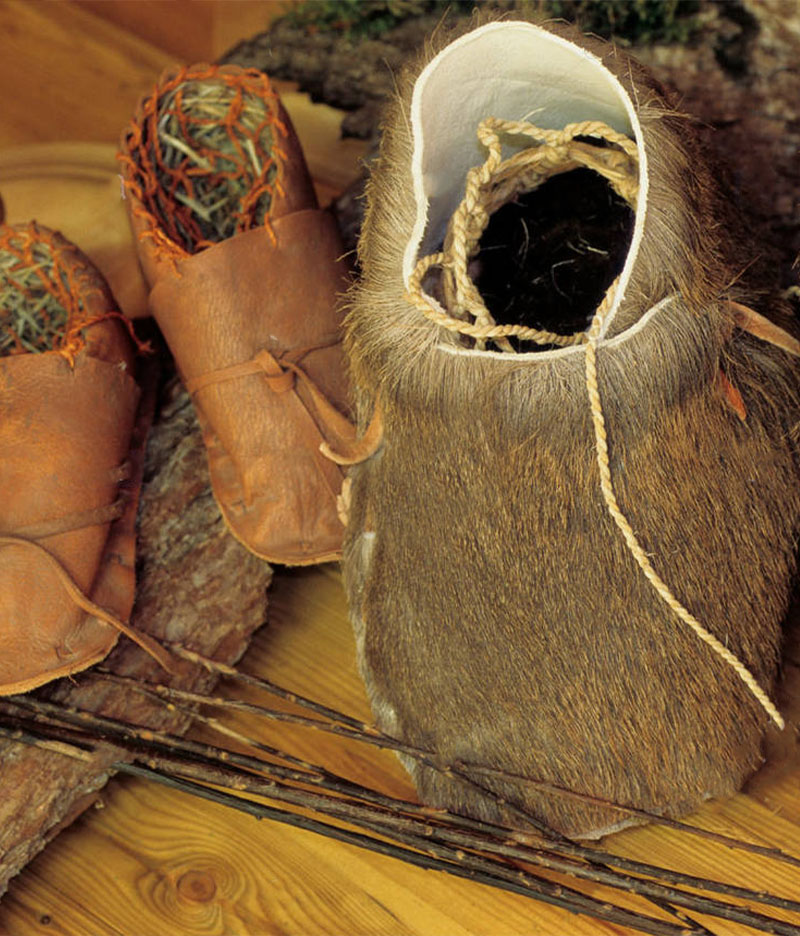Your basket is currently empty!
The story of the Abbey’s destruction: from the flying fleece to the touch of wolves
“…E le stesse donne narrano di un tesoro nascosto
da quegli eremiti
prima di abbandonare l’abbazia, di fretta,
in una gelida notte d’inverno,
scacciati dagli stessi villani,
che lavarono col sangue
l’onta di donne disonorate
passando con tamburi in mezzo ai lupi”.
“…And the women themselves tell of a treasure hidden
by those hermits
before leaving the abbey, in a hurry,
on a cold winter night,
driven out by the villagers themselves,
who washed the shame of dishonored women with blood,
passing with drums in the midst of wolves”.
(From “Gratteri da Crater, coppa Graal: grezzo diamante nella concava roccia” by Marco Fragale)
In Gratteri, the story of the destruction of the monastery is still not very much known, this is because there are several creative legends and tales told by people that have been handed down orally for generations.
As reported in the past by local scholars, the last monks of the abbey of San Giorgio were chased away by the villagers themselves to avenge the dishonour of a violated woman belonging to an illustrious Bonafede family known as Gibbuini by nickname.
However, at the end of the monastery, there are several even more detailed unpublished stories that have been collected over the years among the oldest inhabitants of Gratteri. The latter today, would add further pieces to what has always been considered one of the most evocative and mysterious popular stories of Gratteri.


It is said that once upon a time, the children of the wealthiest classes of the village went to study with the religious of S. Giorgio, who taught them knowledge of the arts, herbs and stars. Those pupils, from an early age, had to wear special wolf leather shoes, “u piedi di lupu” (wolf’s feet) to acquire great thaumaturgical powers on the animals of the forest (Giuseppe Cirincione, born in 1918).
One day, a monk asked his pupil for a lock of his mother’s hair, her name was Disiata, with long red hair, wife of the magnificent Tofanio Giboino. This suspicious woman decided to send in her place a tuft of goat hair cut from one of her carpets.
After a few days the woman, while beating those skins, saw the fleece slipping from her hands and flying towards the Abbey among the screams of the incredulous comrades of the district of la Petra.
The illustrious husband, thinking of a love potion to possess the beautiful bride who by hypnosis would come to the monastery, decided to put an end to those enchantments by planning a trap. So together with his wife’s relatives they went into the woods, disguised as a woman, bringing with them a puppet cloaked in women’s clothes that, placed in the distance on the path, was confused for a woman.
To a certain point, when they arrived near the abbey, those gentlemen saw that cloth puppet flying towards the rock of Lìngari, which overlooks the monastery of San Giorgio, as if it had been attracted by a powerful magnet, recalled by the enchantment of a monk placed there.
The men then stood up and shot the monk who, having recognised them, would have scoffed at them over the peak which is still called the Rocca del Monaco (Rosa Cannici, 1904; Fedele Cirincione, 1911; Vincenzo Sausa, 1928).
Other informers tell a second version, in which the villagers, together with the master craftsmen of the village, are the protagonists. They went to set the monastery on fire during a cold winter night, crossing the woods armed with torches and large drums beaten at a continuous rhythm to frighten the wolves, “u tuoccu di lupi” (Giacomo Lanza, born in 1909).
At that point the monks, seeing no other solution, had to leave their monastery in a hurry, hastily hiding their treasure and announcing a singular prophecy to find it. These are the stories about the destruction of the monastery known in the village.


What could be true in these stories that have passed from mouth to mouth over the centuries? To tell the truth, from the consultation of the sixteenth century Revelations of the inhabitants of Gratteri kept in the State Archives of Palermo, it would be deduced that the surname Giboino, not only was present in the centre of Madrid at least until the 17th century, but it was also a surname belonging to a noble rank from Gratteri:
“Tufanio Giboino capo di casa – rivela una casa in questa terra in la contrada di la Petra confinanti con la casa di Bernardina Lombardo et con la casa di Giovanna Cancila” (Archivio di Stato-Palermo, Riveli Tribunale Real Patrimonio, V. 1166, anno 1584).
“Magnificus Petro Gibbuino” (Archivio di Stato-Palermo, Riveli Tribunale Real Patrimonio, V. 1171, f. 401, 1623).


As for the very ancient “tammuriniata” called “A tuccàta di lupi”; the ritual was born in the period when a large herd of wolves still roamed the woods of San Giorgio, driven by hunger, and the sheep were slaughtered.
In order to force the wolves to stand up and be counted, the hunters used to send men equipped with large drums, which, beaten at a continuous rhythm, disorientated and frightened the prey.
Despite the disappearance of these animals, both because of the assiduous hunting and the fires that progressively destroyed that forest, these species of “suonata” has been handed down to this day and is repeated annually by master bricklayers and carpenters d Gratteri.
Marco Fragale
(Università di Palermo)


Bibliography:
GANCI BATTAGLIA GIUSEPPE, Cenni storici e tradizionali del Comune di Gratteri, Edizione de La Trazzera, Palermo, 1930.
LANZA ANGELINA, La casa sulla montagna, Domodossola 1941.
SCELSI ISIDORO, Gratteri, storia, cultura, tradizioni, Palermo 1981 – Ristampa 2008.


